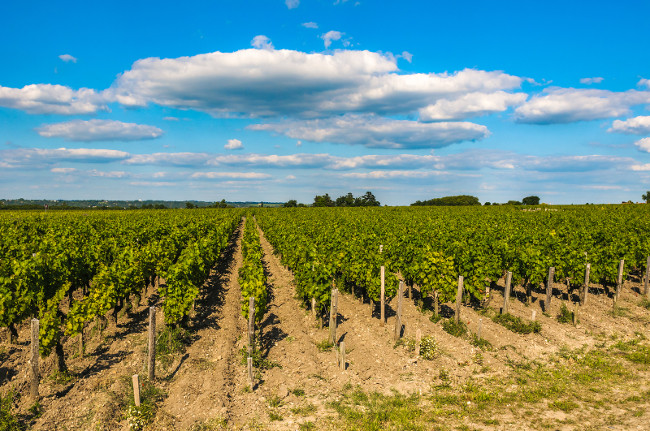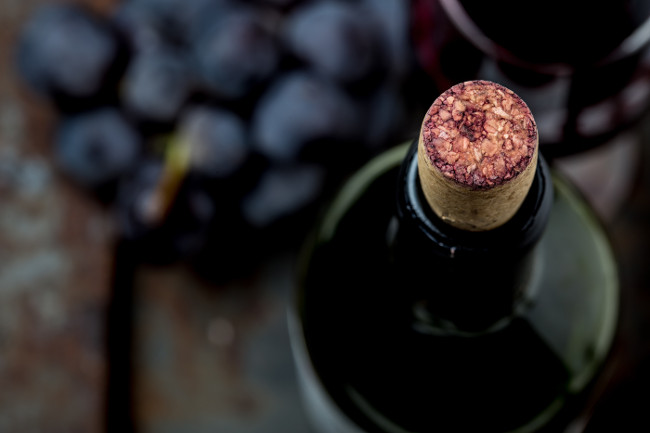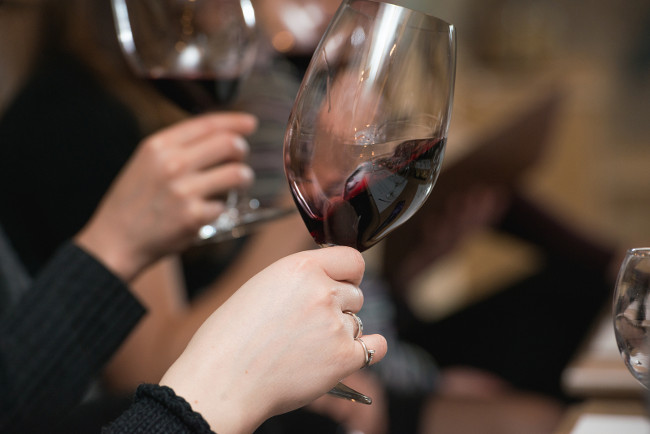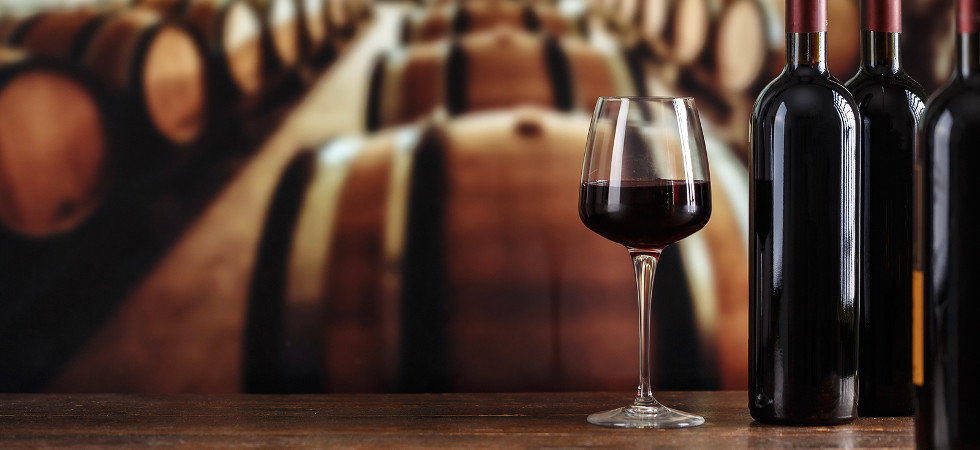Bordeaux is one of the largest, most elite, and most recognised wine regions in the world. Daniel Eros Carnio, the founder and director of Oenofuture, highlights everything you will ever need to know about the region.
Despite the explosion of fine wine hotspots around the globe like Burgundy, Napa Valley, Tuscany, and Piedmont, Bordeaux remains the undisputed king of the wine world. Wine has been made here since the arrival of the Romans in 60 BC and today Bordeaux is home to 60 appellations and just under 6,000 chateaux who together produce over €2 billion worth of wine each year. With the region accounting for approximately 80% of all fine wine traded globally, understanding Bordeaux’s most important chateaux is essential for anyone who wants to invest in, collect, or just drink and appreciate fine wine.
Traditionally Bordeaux has been classified in relation to the Gironde river which divides the region into two broad areas, the Left Bank and Right Bank, with their own distinctive climatic conditions and soil composition. Cabernet Sauvignon thrives on the gravelly soils of the Left Bank, producing powerful and well-structured reds which can age for decades, while the Right Bank is better suited to Merlot and tends to produce richer and softer wines.

Within these two broad sub-regions there is a wealth of diversity which is reflected in Bordeaux’s Appellation d’Origine Contrôlée (AOC) or “controlled designation of origin” system. Each AOC has specific geographical boundaries and rules and regulations which producers must follow if they wish to label their wines as, for example, “Margaux” or “Saint-Émilion”.
Bordeaux was clearly just as confusing to 19th century wine drinkers as it is now since in 1855 the Emperor Napoleon III requested that the best wines of the Left Bank be ranked according to their reputation and price into five different “crus” or “growths”. Remarkably, this ranking has only been tweaked two times over the intervening 160 odd years! Chateau Lafite-Rothschild, Chateau Latour, Chateau Margaux, Chateau Haut-Brion, and Chateau Mouton Rothschild are the five Premier Crus or “First Growths” which sit at the top of the ranking, producing some of the most sought-after and collectable wines on the planet.
A favourite of US President Thomas Jefferson, the estate known today as Chateau Lafite-Rothschild has been in existence since 1234 with vines grown on the property since at least the 17th century. In 1868 Baron James de Rothschild purchased Lafite, as it was then known, following in the footsteps of his uncle, Baron Nathaniel de Rothschild, who had acquired the neighbouring Chateau Mouton Rothschild in 1853. Since that time the two chateaux have become great rivals in the appellation of Pauillac, producing flamboyant, opulent red wines which are best enjoyed decades after bottling. Lafite is typically distinguished by its aromatic character and elegance, while Mouton’s wines tend to be richer, bolder bottlings with intense hints of cassis, graphite and tobacco leaf.

Chateau Latour is another ancient estate in Pauillac which dates back to the 14th century and has a solid reputation for producing well-structured, incredibly ageworthy wines even during more challenging vintages. Over in Pessac Leognan just outside the city of Bordeaux is Chateau Haut-Brion which was mentioned by Samuel Pepys in his famous diaries. The estate has enjoyed a resurgence in recent years largely thanks to the work of the Delmas family who have served as winemakers and managers for three generations.
The final Left Bank First Growth, Chateau Margaux, is the iconic producer of its namesake AOC whose labels feature the estate’s characterful mansion which is instantly recognisable to wine enthusiasts all over the world. Since 1980 Chateau Margaux has been in the capable hands Corinne Mentzelopoulos who recruited the talented young winemaker Paul Pontallier to cement the estate’s position amongst Bordeaux’s elite producers.
Interestingly, the original 1855 Classification did not include any chateau from the Right Bank as during the 19th century there were few wineries of note on that side of the Gironde and Garonne rivers. Today St. Emilion has its own classification system which recognises the phenomenal success of top Right Bank producers like Chateau Cheval Blanc and Chateau Ausone which are both ranked in the top Premier Grand Cru Classé (A) category.
Cheval Blanc is famed for producing the world’s most sought-after Cabernet Franc-based wine which is crafted by master winemaker and Managing Director Pierre Lurton. Chateau Ausone is known for a richer, lusciously fruity style thanks to the input of so-called “flying winemaker” and consultant Michel Rolland who has worked with a variety of superstar producers including Harlan in Napa Valley and Ornellaia in Italy.

In the neighbouring Right Bank appellation of Pomerol there is no formal ranking, but investors and collectors typically regard Pétrus as the equal of St. Emilion’s Premier Grand Cru or the Left Bank’s First Growths. Pétrus’ prime vineyards are planted on clay which particularly suits the Merlot grape variety. The top quality, concentrated fruit are only harvested at optimal ripeness to produce what legendary American wine critic Robert Parker has described as “the undisputed king of Pomerol and probably the most famous red wine in the world”.
Bordeaux’s domination of the fine wine world has also made it the finishing school for the world’s top winemakers to hone and perfect their trade. Over the past 70 years Bordeaux’s grape varietals and winemaking techniques have inspired and informed the creation of many of Italy’s Super Tuscans and Napa Valley’s top Bordeaux-style blends. Today Bordeaux continues to influence the next generation of talented winemakers in such far flung destinations as China, Croatia, Israel and Uruguay.






















